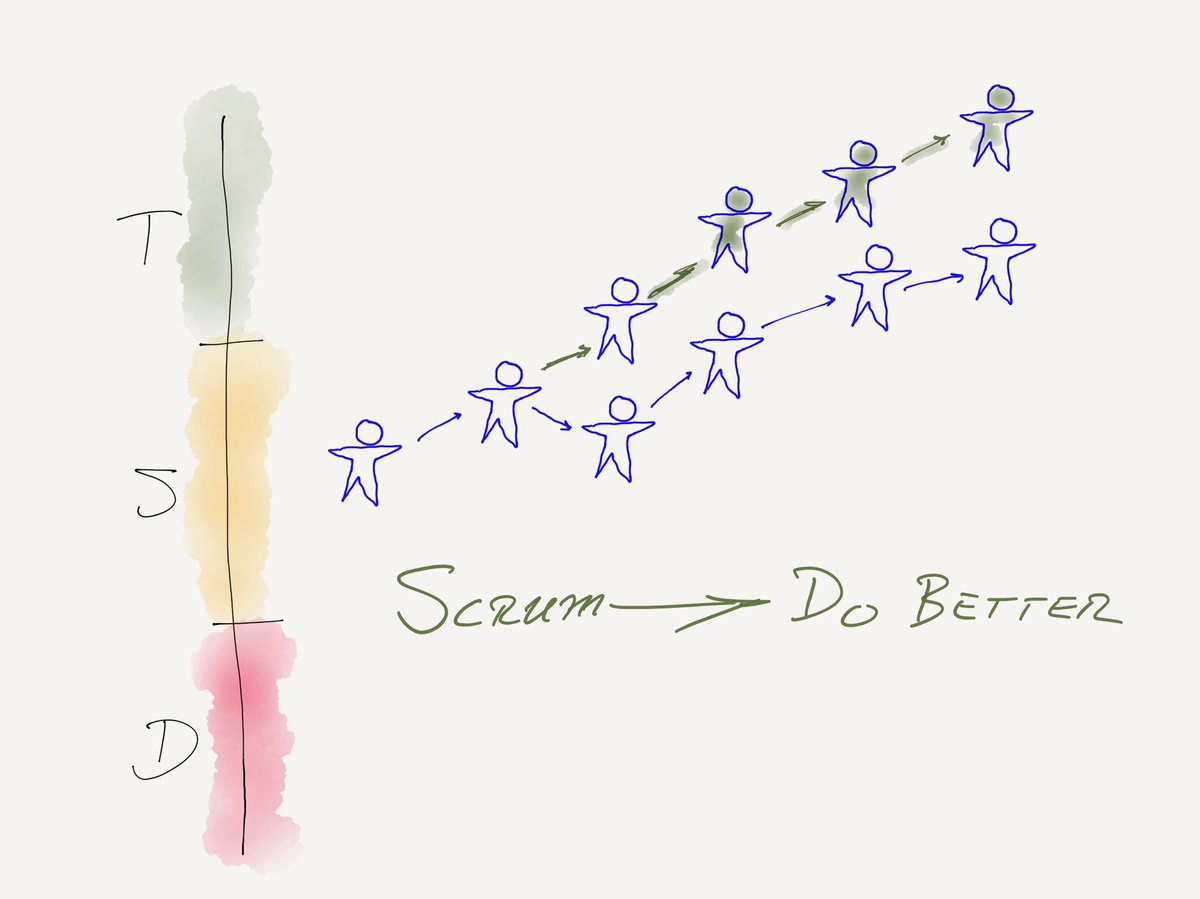1/22
2/22
Purely collaborative decision making is hard, though, so expect that you might never get there.
3/22
4/22
Now as for the "DD" part ... variously -Driven Development or -Driven Design, ...
5/22
6/22
7/22
8/22
9/22
10
11/22
12/22
13/22
14
However ...
15
16/22
17/22
18/22
19/22
One more thing ...
20/22
We use that real software to guide what we do next.
21/22
22/22
(How's that for improv?)








